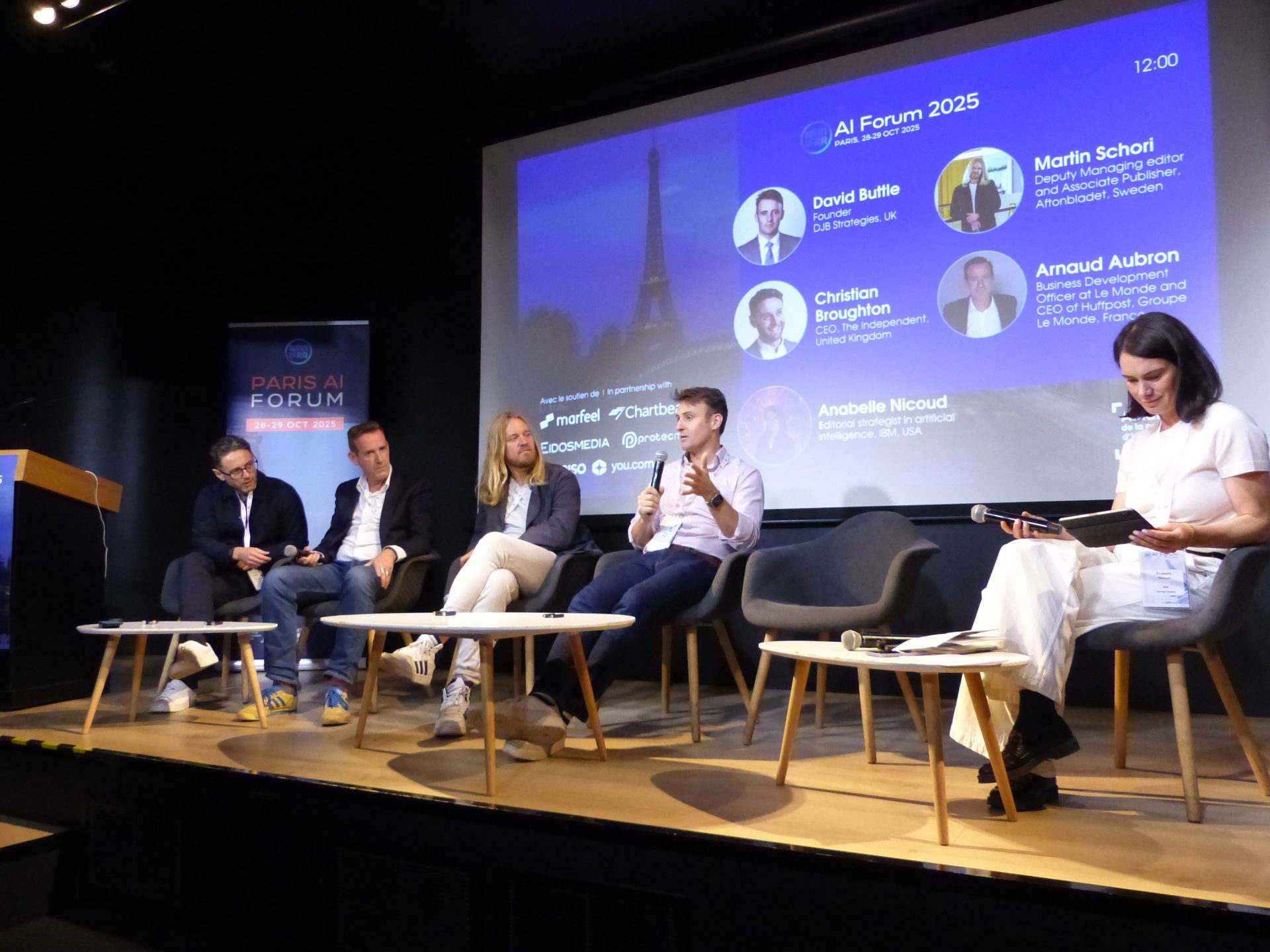
Newsletter
Newsletter
The latest Digital News Report from the Reuters Institute highlighted that publishers must follow their audiences and embrace video and audio.
20th June 2025
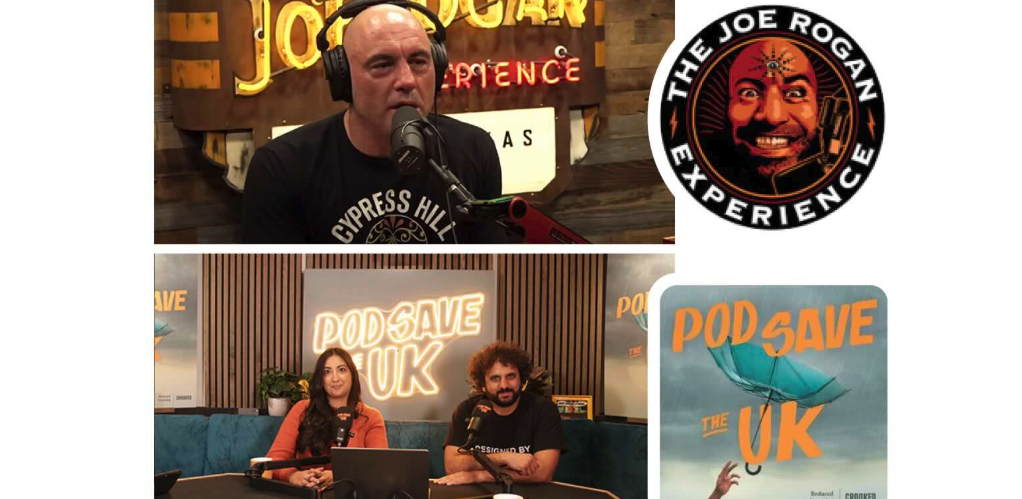
More of the same, but faster, would be a good summary of the 14th edition of the Reuters Institute Digital News Report.
The report made for challenging reading, but there are encouraging signs too. As audiences pivot to video and audio, publishers have an opportunity, too. It’s not that they’ve tried and failed; they just haven’t tried hard enough, yet.
Moreover, AI was seen as both a threat and an opportunity and in a world increasingly dominated by synthetic content, the study found that users across generations still trusted news brands. Also, generative AI could offer publishers more tools to build experiences that engage younger audiences through more relevant content and personalisation.
In today’s Pugpig Media Bulletin, we’ll look at how publishers can take advantage of these trends and not simply be negatively impacted by them.
If you’d like to learn about how you can leverage audience trends to improve the performance of your app, join Mobile Matters, our community of publishing professionals working or curious about mobile best practices. Check out our community hub to find out more, or, if you’re ready now, here is the form to join.
Kevin & James
By James Kember
Last year’s report found reader revenue has plateaued, and this year’s data backs up that finding. “Publishers have already signed up many of those prepared to pay, and in a tight economic climate, it has been hard to persuade others to do the same,” the Digital News Report authors said. Where there has been opportunity, it has largely been subject to the “winner takes most” trend, in which national flagship titles scoop up the available revenue at the expense of smaller publishers.
World-changing events are not in short supply, especially with a world leader like Donald Trump, who is willing to upend the existing order. Donald Trump’s first term drove subscriptions at winner-takes-most titles in the US and elsewhere. Both the Washington Post and The New York Times saw a 3x growth in digital subscribers from 2016 to 2020. And a similar bump was predicted by several experts who spoke to the NYT back in November, although it was caveated by the impact of news fatigue and changing consumption habits (more on this later). “News should be thriving due to everything that’s going on in the world. But it isn’t. There was no Trump bump,” the report’s authors said. Traditional news brands haven’t managed to connect with audiences, subscriptions have hit a ceiling, and engagement is down.
The driver for this is a long-term shift from traditional media outlets to social and video platforms. In the US, for example, the report found that 54% of people used social media as a news source, overtaking TV for the first time (50%) and comfortably ahead of online news sites (48%). The trend over time is stark. In 2013, 69% got news from traditional media websites and just 27% from social media. The recent drivers haven’t been from a single platform but a fracturing media landscape. Reuters observed that “there are now six platforms with weekly news reaches of 10% or more: Facebook, YouTube, Instagram, WhatsApp, X, and TikTok. A decade ago, there were just two with double-digit reach: Facebook and YouTube.”
Particularly of interest in the report was the performance of TikTok and X. When Elon Musk first acquired Twitter, liberal-minded users took flight, but since then, usage has stabilised as right-leaning audiences, especially young men, flocked to it. Once-much-heralded rivals like Threads and Bluesky have made little impact, with a reach of less than 2% for news. Whilst the other big story is the non-US growth of TikTok. 17% of those spoken to got their news from the Chinese platform, although there were large differences between regions, with only 11-12% of users in the US and Europe using it for news, but 40% of users in Malaysia and 49% in Thailand using it for news.
As we have written about frequently here at the Media Bulletin, audiences continue to pivot to video and younger, more educated audiences to audio. Across all markets covered, 75% of people consumed news content in video format across all platforms, with 65% watching video on social media. Influencers are taking advantage of this pivot by creating video-first content or making videos of their existing podcasts. Reuters highlighted two prominent examples: Joe Rogan in the US and Hugo Travers (HugoDécrypte) in France. In the United States, 22% of the sample said they had engaged with news or commentary associated with Joe Rogan, whilst in France, Hugo Travers had a similar share of attention amongst under-30s. News podcasting has become increasingly important for younger, better-educated people, although the pattern between the US and Europe differs significantly. Americans were more likely to consume content created for podcasts in video format, like YouTube and TikTok, whilst many Europeans were still listening to traditional media companies’ audio content.
The driver for this behaviour was partly the political environment. Reuters noted that the shift from traditional news brands is “increasingly pronounced in the United States under Donald Trump, as well as parts of Asia, Latin America, and Eastern Europe, but are moving more slowly elsewhere, especially where news brands maintain a strong connection with audiences.” They also saw a divide between Europe and the US (again) about the role of content moderation and its on free speech. They highlighted that in some countries where press freedom is limited, the “alternative ecosystem” may be the only opportunity for audiences to consume unrestricted news content.
The relentless pace of news and the negativity of a polarised, pugilistic political environment have kept trust low and news avoidance at all-time highs, although, glass half full, it didn’t rise this year. There are a growing number of people either selectively or entirely avoiding news, with the top reasons being negative impact on mood (39%), worn out by the amount of news (31%) and too much conflict/war (30%).
Adam Tinworth challenged the old adage of “if it bleeds it leads” on his long-running One Man and His Blog. Adam pointed out that “sure, tragedy, and war, and conflict generate the eyeballs. But it does so at the expense of loyalty and relationships.” The solution is not to “avoid hard and difficult news because it’s critical to the job of journalism. But we need to go further with what we do with it than we do now. We need to be better at contextualisation and reporting of solutions, if we want people to read what we do.”
For the first time, Reuters used the report to survey opinions on the challenges, threats and opportunities of AI chatbots and generative AI technologies, especially related to how they can engage younger or less engaged audiences. The suggestion was that AI technology could help news organisations generate news content that is more relevant to them. More than 15% of under-25s use AI for news, compared to just 7% of the general population.
Despite the small numbers reported, publishers are particularly worried about the impact that AI will have on traffic. Interestingly, though, the Reuters report had significant encouragement for news brands. They pointed out that although traditional media brands have struggled to engage audiences, “all generations still value trusted brands”. 58% of the people sampled were concerned about their ability to tell what is true and what is false. A situation amplified by the impact of AI and increased political polarisation, which showed 73% of respondents were concerned in the US compared to 46% in Europe. This was driven by people in the US and Eastern Europe viewing politicians as the main sources of misleading information, whilst the rest of the world was concerned about influencers.
Quality news publishers should therefore be able to win back engagement by focusing on their role as trusted sources of news in a world crowded with misinformation. Whilst there is a definite opportunity to also look at how AI can serve content in engaging formats, most readers Reuters surveyed were sceptical about its use in news production. Broadly speaking, audiences expect that AI will make news cheaper and faster, but it will be less transparent, less accurate and less trustworthy. If news organisations fall into the trap of relying too much on AI for content, they will lose their USP with audiences. Expect to see more publishers leaning into formats like BBC Verify.
Attitudes to AI also varied greatly by region; only 11% of readers in the UK stated they were comfortable with AI-generated stories, whilst 44% of Indian respondents were. Adam Timworth highlighted that “everyone is talking about AI. It is a threat”. He saw it as an issue for the future. Adam cautioned against “rushing ahead in trying to solve tomorrow’s problem without addressing today’s problems”. Legacy news publishers need to solve the engagement issue before they can tackle the future threats of AI. They can do this through a two-pronged approach. Firstly, they should look to build a more modern content offering that can challenge social media platforms. This means video, where in the US the share of the population consuming news in video format has increased to 72%, with social platforms hoovering up most of those views. Secondly, they need to get better at presenting themselves as trusted sources of information. If they can achieve these two things, they will be well equipped to resist the inevitable disruption of the AI revolution.
By Harry Phillips, Head of Product
As ever, Apple’s WWDC brought with it a laundry list of changes, features and improvements. We’re still digging in and playing about, but here are a couple of the headlines.
Liquid Glass! It’s fair to say that there have been mixed reviews of Apple’s biggest design system update since iOS 7, but you can bet you’ll see many, if not most, apps pretty swiftly start utilising it following the public release in (probably) September. There’s still plenty of time for it to be tweaked and optimised before then, but don’t expect it to change dramatically.
Apple said both a lot and very little about AI. Apple Intelligence’s integrated features were mentioned with regularity, but the overall direction and pace of change remain somewhat unclear. We’re still very interested in App Intents and access to the on-device model/s, so you can expect to hear more from us about this soon.
And for those of you who missed it, iOS and iPadOS have both moved to a new naming structure with the next version being numbered 26, for the coming year.
So, hang tight, and look forward to more news and updates from us about Bolt in the ’26 era.
Part of the wider CRU family, Aluminum Market Update (AMU) delivers readers deep insights into the forces shaping North America’s aluminum sector. AMU is the latest title to launch a site on our platform and is one of many existing Pugpig-powered CRU titles to establish their digital presence – alongside BCInsight, Steel Market Update, and Recycled Metals Update.
Working closely with the team at CRU, we’ve delivered a user-focused, engaging digital experience tailored to their strategic goals. At the heart of which is a subscription journey constructed to drive subscriber growth. Thanks to our tight integration with Piano, the site offers a 30-day free trial before transitioning to a hard paywall. With multiple subscription tiers – from individual users to enterprise access – the AMU site is designed to scale with its audience.
The platform also hosts webinars and dynamic data visuals, supporting CRU’s mission to build an active, informed community. Check out the brand new site here!
Formerly The New European, the publication has relaunched as The New World, marking their ambitious shift towards a truly global perspective. To bring this new brand identity to life, their app and site – both powered by Pugpig – have undergone a complete design transformation.
The striking redesign introduces a reimagined visual identity, with updated logos and a refreshed colour palette. The mobile app seamlessly redirects app users to the newly launched site, bringing the full range of The New World’s content right to users’ fingertips.
A suite of newly introduced content blocks supports a wide variety of layouts and storytelling formats. Empowering the editorial team with far greater flexibility and control over their styling and content. This allows the team to experiment, adapt, and engage their audience like never before.
The app is available to download on both iOS and Android app stores – take a look!
Here are some of the most important headlines about the business of news and publishing as well as strategies and tactics in product management, analytics and audience engagement.

Newsletter

Newsletter
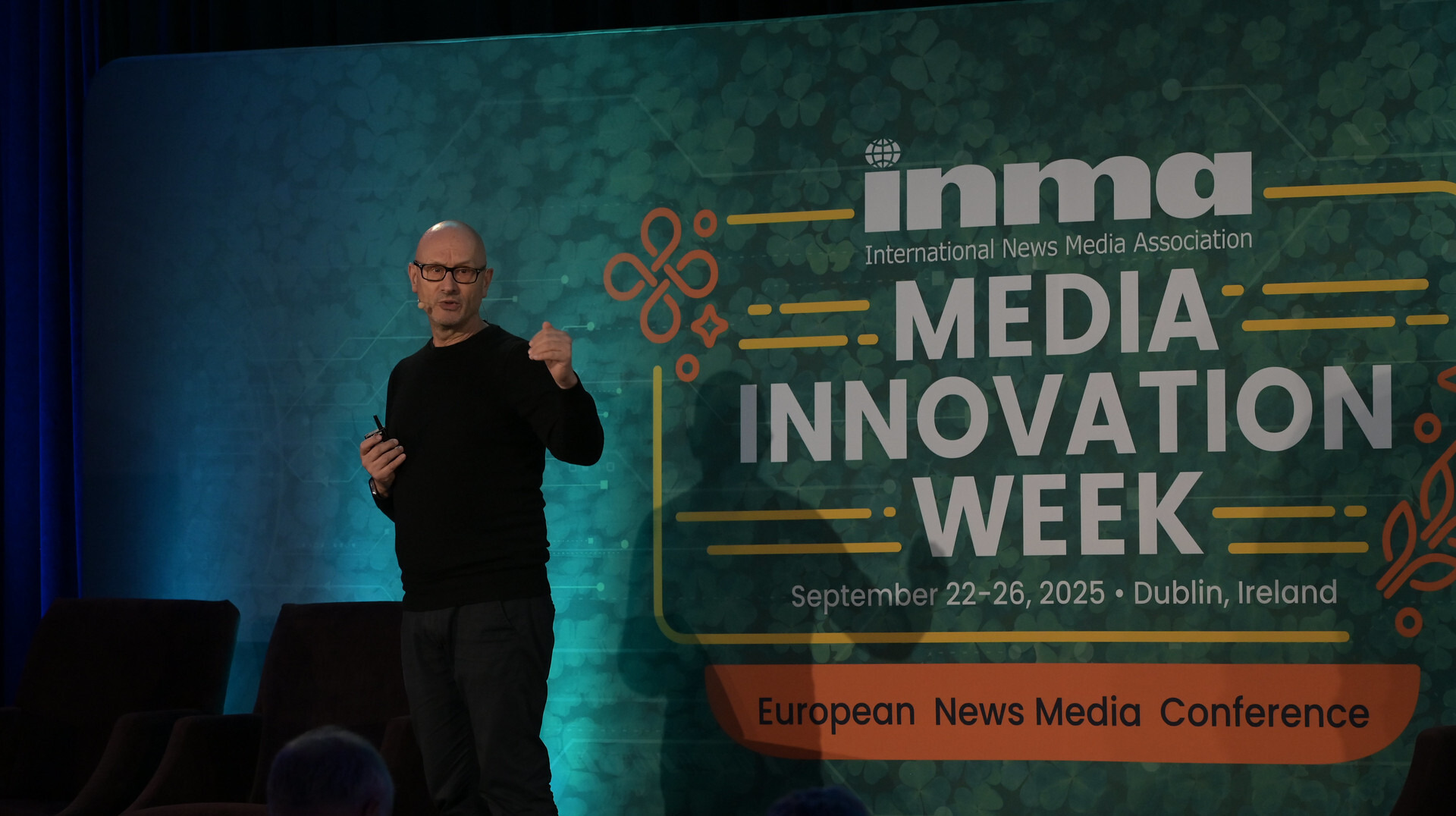
Newsletter
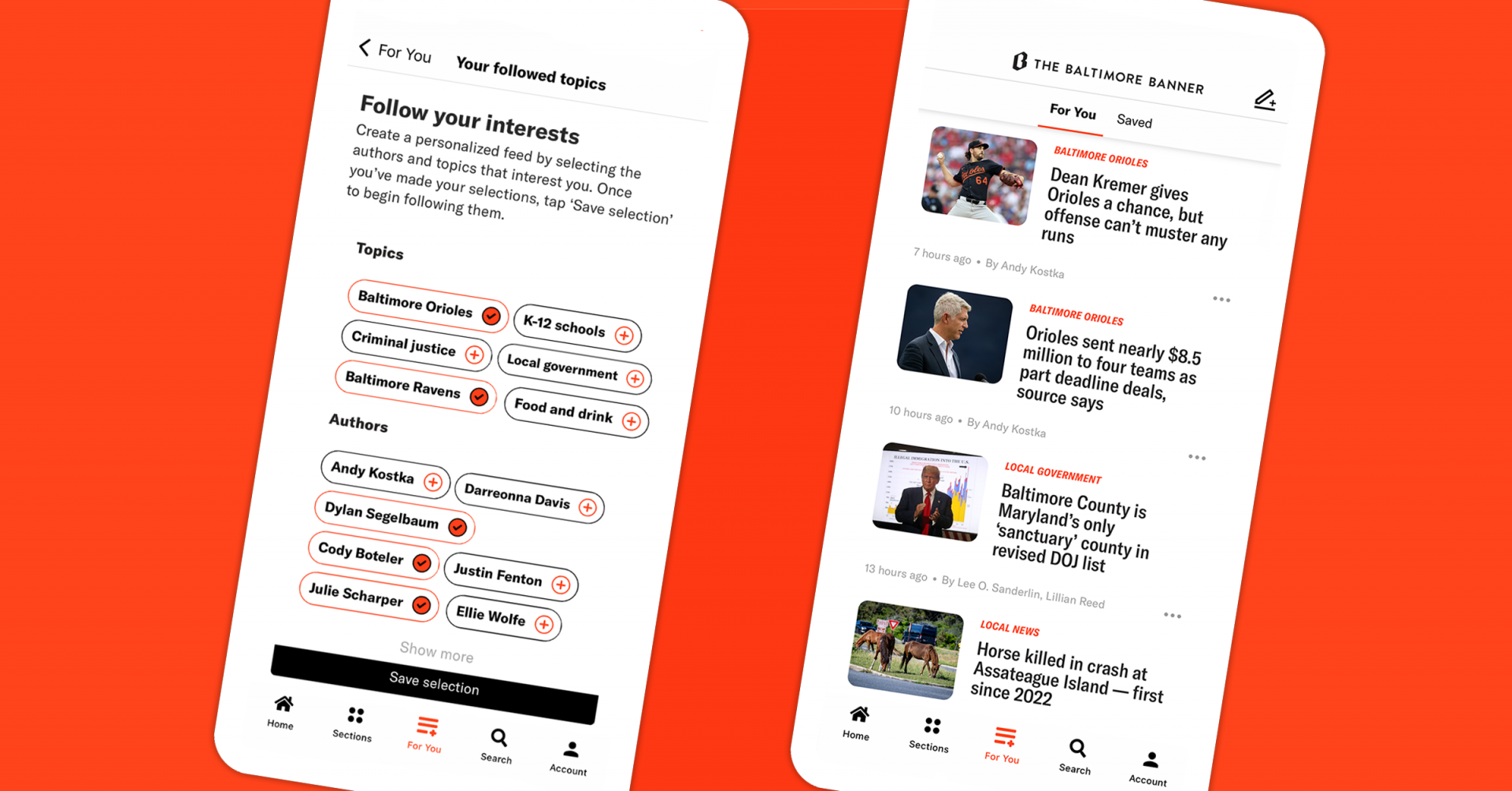
Newsletter
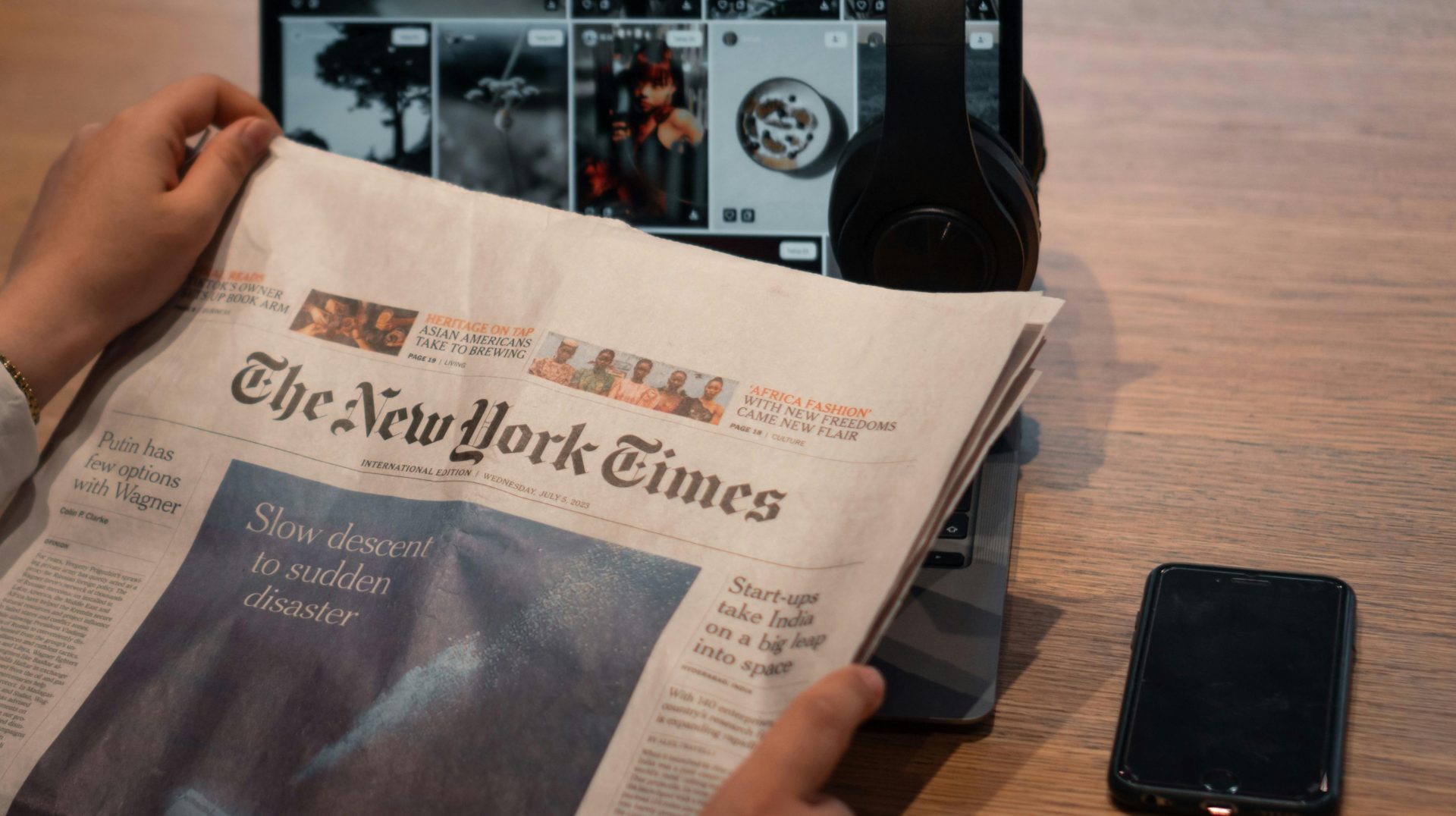
Newsletter